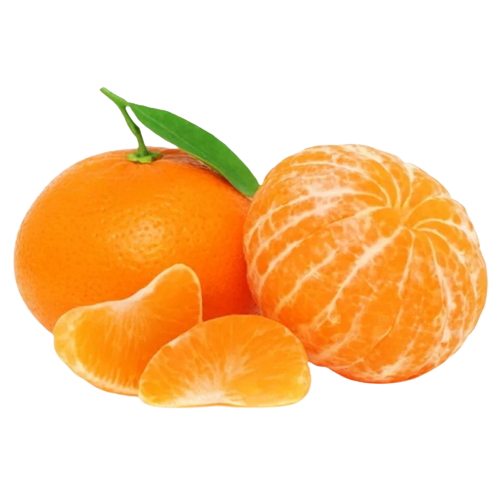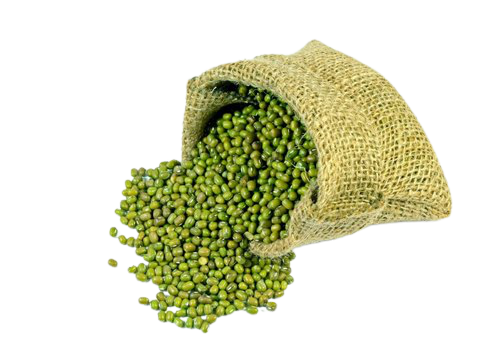Orange fruit - Health benefits, application, chemical constituentsz side effects and many more

Orange - Fruit Many such fruits are found in the winter season, which is very healthy for health. One of these fruits is orange. Orange also enhances the beauty of the fruit market during the winter season. This fruit is very juicy. Its taste and aroma are completely different from other fruits. It shows anti-inflammatory, anticholesterolemic, analgesic, antiasthmatic, antiscorbutic, antiseptic, antitussive, carminative, expectorant, stomachic properties. Click here for more information about Antioxidants and Free radicals It has different names in different languages such as Marathi name(laramj, narangi, sakulimba,suntra), Hindi name(amritphal, khatta, narangi,sangtara,sangtra,sunthura), English(orange), Ta ..................read more History The orange originated in a region encompassing Southern China, Northeast India, and Myanmar, and the earliest mention of the sweet orange was in Chinese literature in 314 BC. ...


